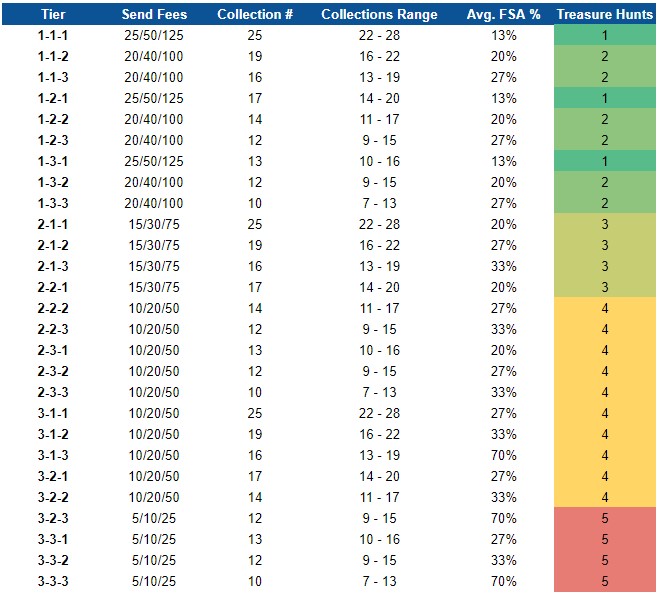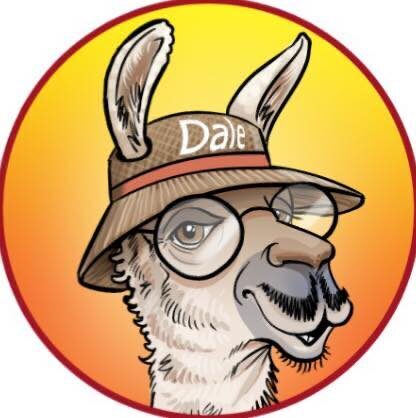As of November 19, 2021, every new city released in Upland is classified within a new tier system. Upland has a city tier ranking based on the PSI System – Price, Size, and Icon Factor, where each parameter is given a ranking from 1-3. Treasure hunting tiers differ from city tiers, and you can learn more below.
Price refers to the average real world prices of homes in the city. A ranking of 1 refers to the most expensive, and 3 being the least expensive.
Size refers to the number of overall properties in the city and its overall area. A ranking of 1 refers to the largest, and 3 being the smallest.
Icon Factor refers to the measure a city’s status. How well known is it around the world? A ranking of 1 refers to world famous cities, and 3 refers to unknown cities.
For example, Manhattan is a world-renowned city known for high property prices but is actually on the smaller end in terms of size. As such, Manhattan would be classified as a 1-3-1 (price – size – icon) City. While its icon factor and property prices are certainly among the top cities in the world, it falters in terms of overall size. See below a complete list of the different tiers.
The previous tier system was less flexible and only has 3 city tiers (high, mid, low) and the tiers were based on the real world status of the city.
The city tier influences the following factors:
- Send fees
- Number of collections
- Percent of FSA properties
It is probably impossible to remember all the details of the 27 new city tiers, so read this blog post that breaks it down in an easy way to understand.
When cities are announced, Upland notifies everyone what tier the city is part of, and also the release method of the collections. Collections are always predefined before the city release, but they are not always shared with the community before the release. If they are shared, this information will typically be done only a few hours before the actual release of the city. If not, the city will be released in vanilla mode. Read here about what strategies are available to you when participating in a new city release, and how to prepare for a new release. If you are participating in your first new city release, we recommend reading this page that describes the entire new city release process and clarifies a number of frequently asked questions about the topic.
Table of all city tiers
Send fees are listed as minimum/default/maximum

Treasure Hunting Tiers
Treasure hunting tiers differ from the city tiers listed above. There are 5 different treasure hunting tiers. Here is a complete list of cities and their hunting tier. Everything you need to know about treasure hunting can be found here.
Vanilla Mode City Release
When the collection properties of a city are not shared with the community beforehand, the city is released in what is called “vanilla mode”. Upland defines the collection properties and boost rates before the release, mints it on the blockchain but only later is shared with the public. Only after the large majority of the collection properties have been mined, are collections revealed.
The most exciting part in my opinion about vanilla mode city releases is the need to research the city. If you have ever gone on a big roadtrip or traveled to a new city, you want to find out where is the downtown, what are the landmarks, best restaurants, attractions, etc. Typically, collections are related to important neighborhoods and streets in the city. Especially in the new age of Covid-19 as people are traveling less, Upland can provide a bit of escape-ism. The best part is that you could potentially be the owner of one of those great properties! Read our top 5 reasons that we love vanilla releases.
Approximately one week after the city is released, the collections are revealed. This is exciting because you might find out that the random property you purchased could be part of an ultra rare collection, and it could be worth in upwards of 1,000,000 UPX! Watch this video to understand why you should consider removing your properties from the secondary market before the collection reveal.
